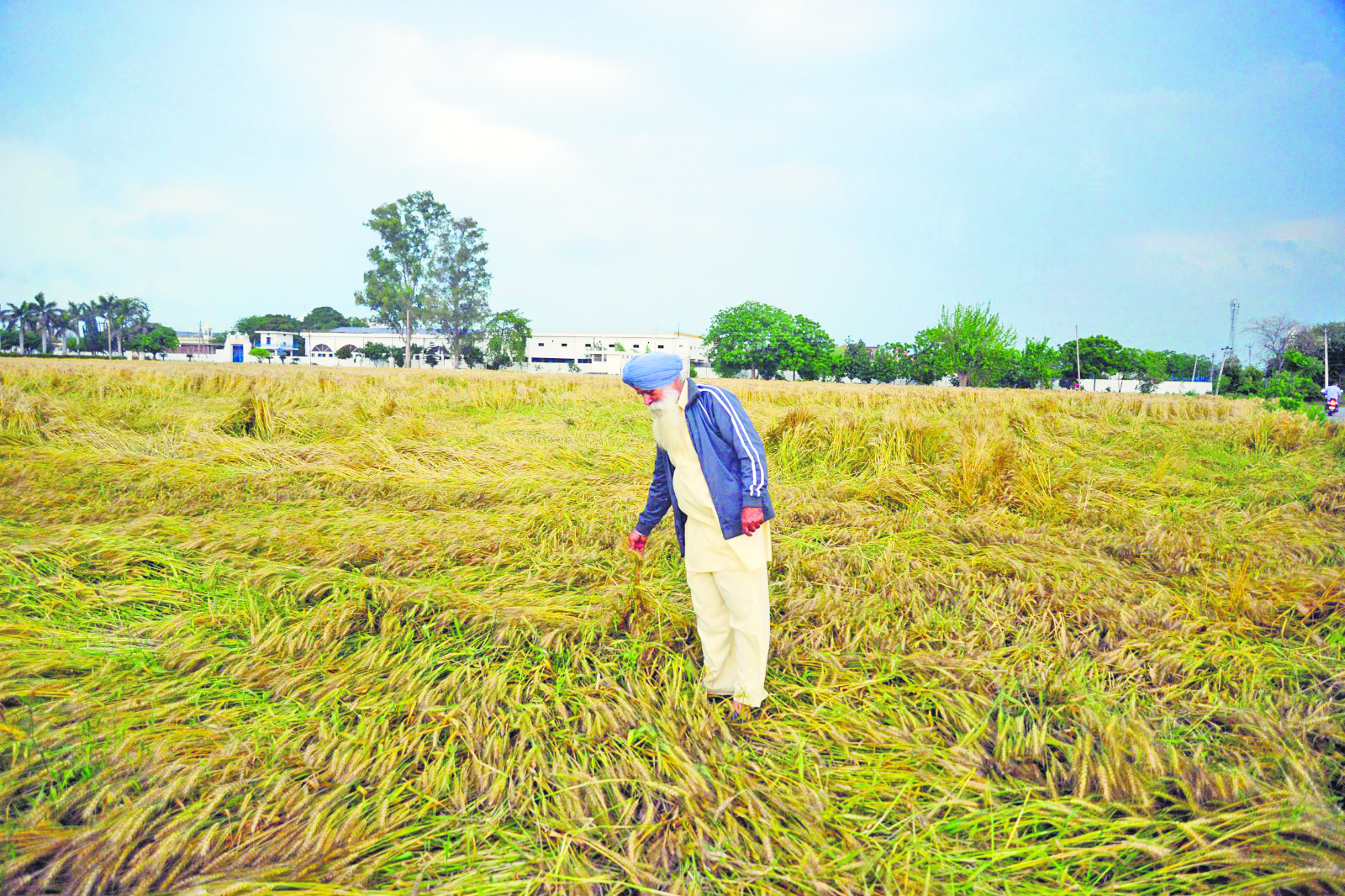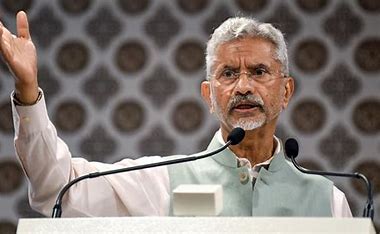
Success of agricultural policies hinges on conscientious application of Theory of Change, coupled with diligent monitoring and evaluation.
Agriculture, the foundation of human civilization, remains pivotal to our survival. India, with its innovative blend of ‘returning to fundamentals’ and ‘advancing to the future,’ leads a comprehensive farming approach, endorsing both natural farming and technology-driven agriculture. India’s focus extends beyond its borders, contemplating collective action for global food security. Our nation is actively pursuing sustainable and inclusive practices, targeting marginal farmers, and fortifying global fertilizer supply chains. Embracing regenerative agriculture, the government empowers farmers with innovation and digital technology, making solutions accessible to small and marginal farmers.
In the vast fields of India, a second green revolution is underway as farmers enthusiastically embrace organic farming. Steering clear of synthetic fertilisers and pesticides, their mission is to rejuvenate Mother Earth, safeguard soil health, ensure ‘per drop, more crop,’ and champion organic fertilisers and pest management. Concurrently, Indian farmers leverage technology, harnessing solar power, adopting soil health cards for crop optimisation, and employing drones for nutrient spraying and crop monitoring. This harmonious ‘fusion approach’ emerges as a panacea for addressing multifaceted challenges in agriculture.
Though it is a state subject, the government promotes the development of farmers’ accessible competitive markets like direct marketing, private markets, etc. through reforms in state governments’ marketing laws and policies. To further improve agricultural marketing, the government launched the National Agriculture Market (e-NAM) in 2016 to enable farmers to transparently sell their produce to many buyers accessing multiple markets electronically. The government is also implementing a Central Sector Scheme, the Agriculture Infrastructure Fund (AIF), of Rs. 100,000 crores to provide a medium-long-term loan facility for investment in viable projects for post-harvest market infrastructure, including warehousing facilities and community farming assets, through interest subvention and financial support. Apart from the above, the government is implementing Agricultural Marketing Infrastructure (AMI), a sub-scheme of the Integrated Scheme for Agricultural Marketing (ISAM), under which assistance is provided for the construction of godowns or warehouses in rural areas in the States to enhance the storage capacity for agricultural produce.
Under the scheme, the government provides subsidies at the rates of 25% and 33.33% on the capital cost of the project based on the category of eligible beneficiaries.
Government measures have resulted into: establishment of more than 120 private markets in the country, giving competing alternative marketing channel to the farmers to ensure remunerative prices for their produce; licensing of large number of direct marketers (processors, exporters, organized retailers, etc.) to purchase the produce directly from farm-gate outside the Agricultural Produce Market Committee (APMC) market-yards to better monetize farmers’ produce; enabling farmers to digitally access large number of buyers and markets to get best discovered price; enabling farmers’ in the form of FPOs to access e-markets, futures market, export market in addition to benefits of collective bargaining power and sale of value added products.
The government takes need-based steps to improve the value chain and provide remuneration to farmers. The shift in workforce demographics from agriculture to secondary and tertiary sectors is a natural progression in India’s development journey. To support farmers, the government has implemented policies like PM-KISAN, increased Minimum Support Prices (MSPs), Pradhan Mantri Fasal Bima Yojna (PMFBY), Pradhan Mantri Krishi Sinchai Yojana (PMKSY), and the creation of 10,000 Farmer Producer Organizations (FPOs), among others.
Moreover, the Department of Agricultural Research and Education, through the Indian Council of Agricultural Research (ICAR), runs schemes and programs for vocational training and capacity development of youth aspiring to become entrepreneurs in agriculture-related professions.
The “Attracting and Retaining Youth in Agriculture” (ARYA) program establishes 100 centers across the country, including six in Bihar, six in Gujarat, and four in Jharkhand.
The “Technology Assessment and Demonstration for its Application and Capacity Development through Krishi Vigyan Kendras” (KVKs) scheme operates through 731 KVKs nationwide, including 44 in Bihar, 30 in Gujarat, and 24 in Jharkhand. These initiatives collectively signify India’s commitment to fostering sustainable agriculture, fortifying the resilience of farmers, and nurturing a new generation of agricultural entrepreneurs. As the nation continues to evolve its strategies, these programs stand as cornerstones in building a thriving and sustainable agricultural future.
In the intricate tapestry of India’s agricultural sector, there is a need for a robust framework to assess impact, outputs, and outcomes, which is critical to ensuring that all available resources contribute meaningfully to the progressive transformation of the agricultural landscape. Effective implementation and monitoring of agricultural policies contribute to the judicious use of resources. Whether it be budget allocations, labour, or technology, a well-executed plan maximises efficiency, minimising wastage, and enhancing the overall impact of interventions. This optimisation is crucial in an environment where every input counts towards the sustainable development of agriculture.
For agricultural policies to yield transformative results, a comprehensive assessment is paramount, which involves scrutinising the intended and unintended consequences of policies on farmers, agribusinesses, and the overall sector. Understanding the real-world implications allows for adaptive planning, ensuring that policies align with the evolving needs of the agricultural community. Policymakers must integrate real-time data and feedback loops into the planning process, fostering adaptability and responsiveness. Feasibility studies become integral, aligning policies with the practical realities on the ground and ensuring that objectives are not just aspirational but achievable. The success of India’s agricultural policies hinges on the conscientious application of the Theory of Change framework, coupled with diligent monitoring and evaluation practices. This approach not only validates the efficacy of policies but also paves the way for adaptive planning, result-oriented implementation, and the optimal utilisation of resources. As India navigates the complexities of agricultural development, a commitment to continuous improvement through effective evaluation and adaptation is key to realising the vision of a prosperous and resilient agrarian sector.
Dr. Heera Lal, Special Secretary – Irrigation, Government of Uttar Pradesh
Sumit Kaushik, a PhD candidate at O.P. Jindal Global University and a social impact consultant















